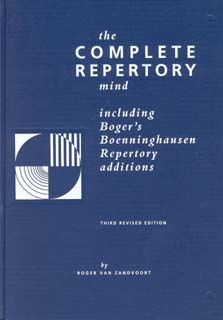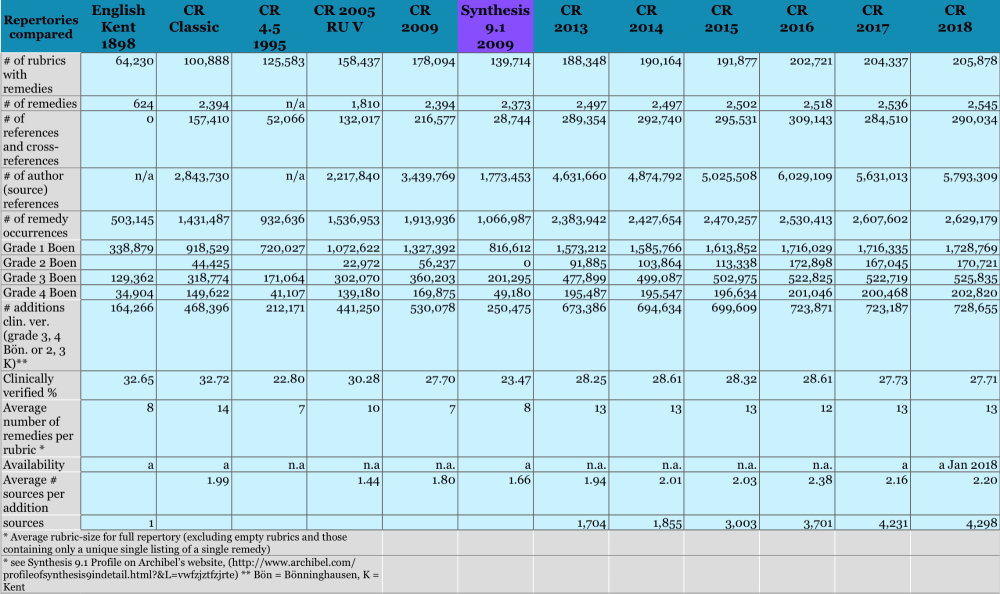Saine Repertory - New repertory for Vision!
Posted on
Released for use with Vision on October 1st 2024 this new repertory aims to provide far more accurate repertorisation analysis by using only researched and proven repertory content.
Essentially, the Saine Repertory strips out of the Complete Repertory many of the newly proven remedies that have little to no supportive case evidence and adds back in only additions that have been researched in our literature and been shown to be effective.
It is based on the original and beloved Complete Repertory 4.5 and so has none of the structural chapter and rubric organisation changes made to Complete over the recent years.
This repertory is available to purchase as an option for use with your Vision system and claims to improve the accuracy of your prescriptions.
To purchase a copy for your Vision system click here
To read more about this repertory and the project supporting it click here

